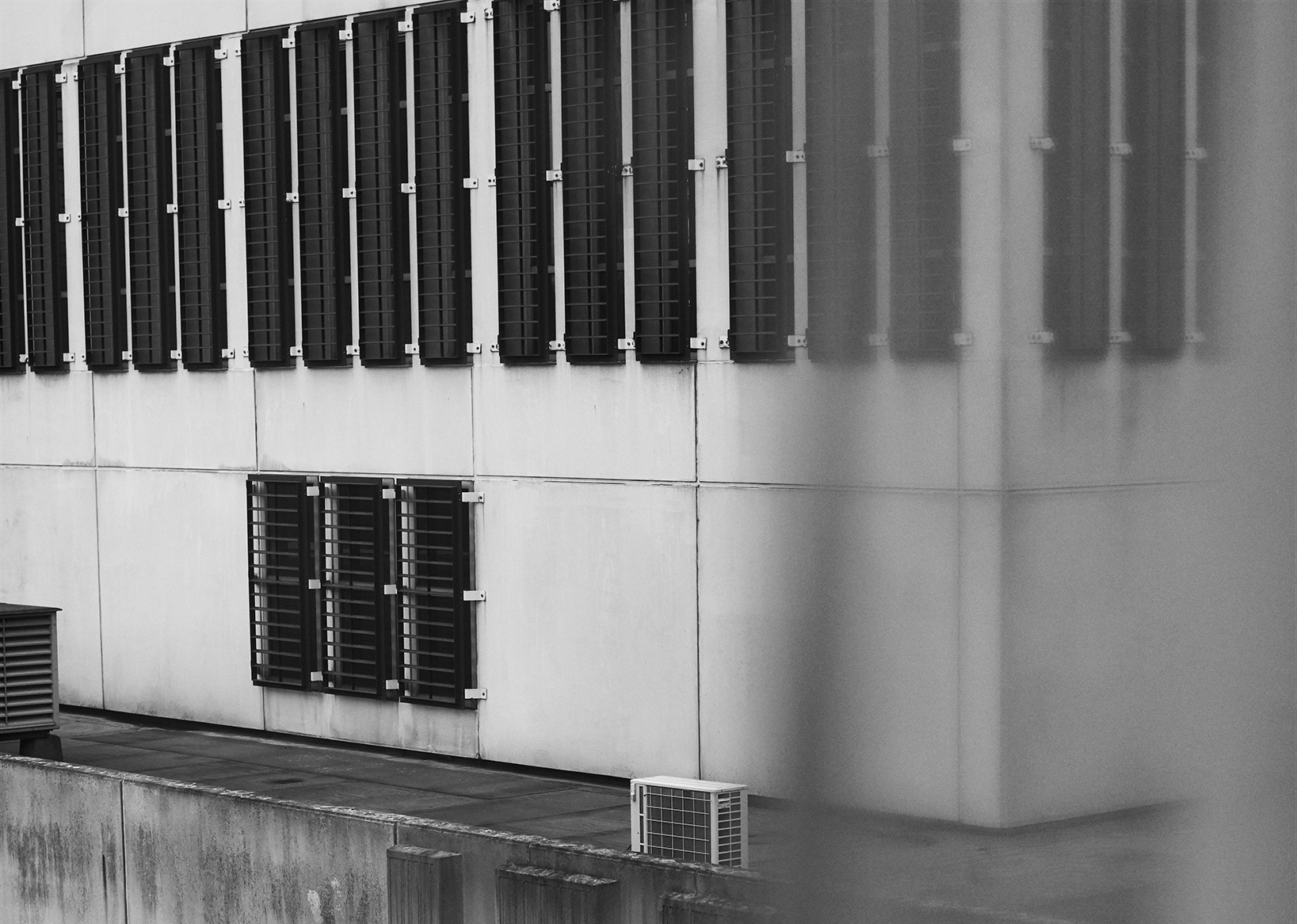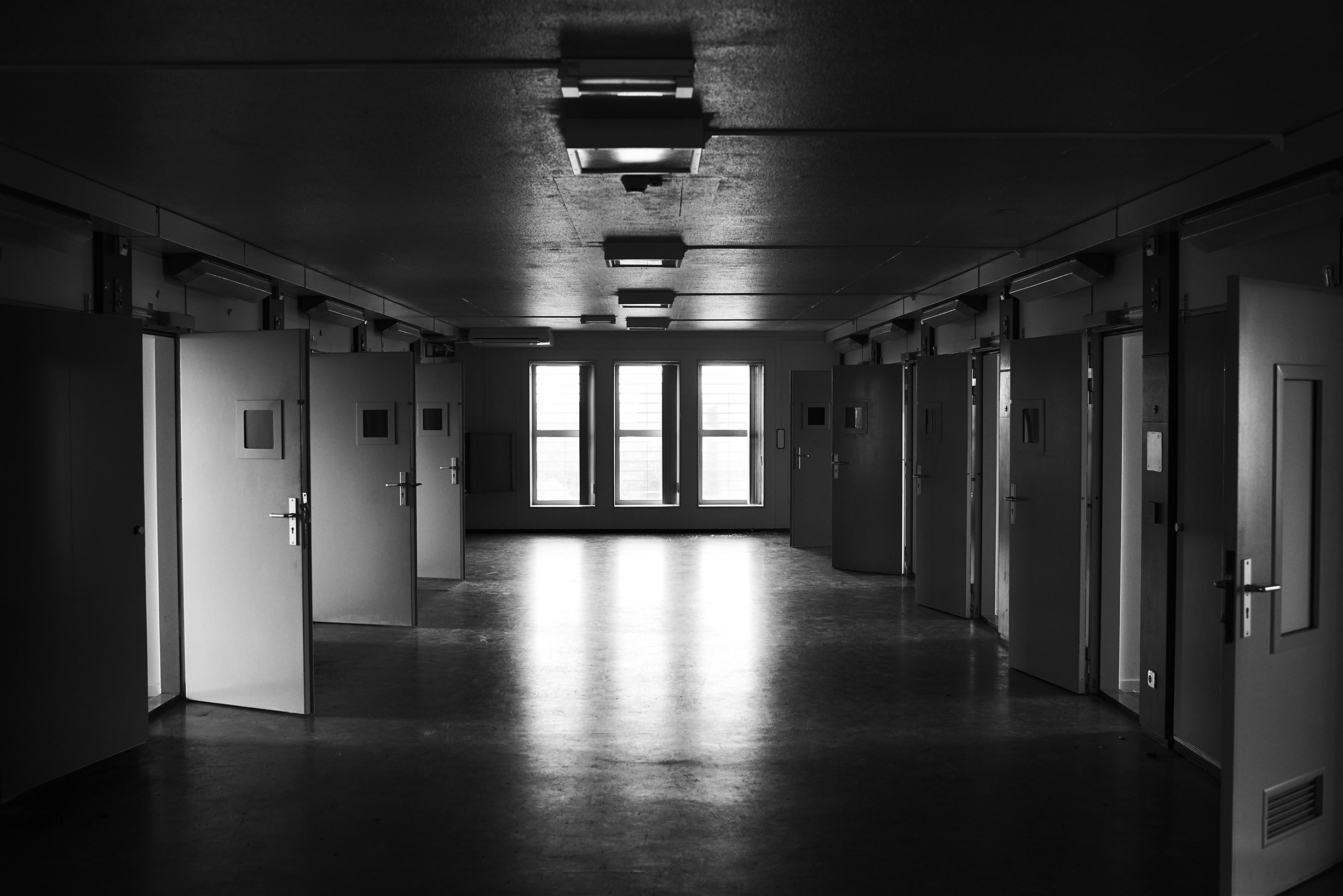- Eefje Voogd Makelaardij 020 - 305 05 60 nieuwbouw@eefjevoogd.nl
- Ramon Mossel Makelaardij 020 - 305 26 62 nieuwbouw@ramonmossel.nl
De idealistische bajes
De Bijlmerbajes bestond uit zes hoge torens die verbonden werden door een 280 meter lange gang. Deze gang kreeg de bijnaam 'de Kalverstraat'. Bij de bouw werd de Bijlmerbajes gezien als ‘megagevangenis’. De bajes verving zes kleinere Amsterdamse gevangenissen, zoals De Singel en Demersluis. Op het hoogtepunt zaten er 720 mensen vast in de Bijlmerbajes. Dit leidde tot fiks protest. Onmenselijk werd het gevonden: al die gevangenen die bovenop elkaar gestapeld werden.
Terwijl de bajes toch ontworpen was als humane gevangenis. In de jaren 70 geloofde men dat de mens maakbaar was, heropvoedbaar. De gedetineerde was niet ‘slecht’, maar had moeite om zich aan te passen. In de Bijlmerbajes kreeg de gedetineerde handvatten om na de straf beter te kunnen functioneren in de maatschappij. Het hele ontwerp van de bajes ademt dat gedachtengoed. Met witte torens die de wolken weerspiegelden, ramen zonder tralies en volop ruimte voor ontspanning. Men overwoog zelfs om een heg rond de gevangenis te zetten, in plaats van een hoge muur. En ook binnen was het leven behoorlijk relaxt. De bewakers waren vooral begeleiders en softdrugs waren volop aanwezig. Gevangenen brachten het grootste deel van de dag buiten hun cel door en kregen hier soms zelfs de sleutel van. Ze konden ook eten bestellen en er kwamen muzikanten optreden.
Maar in de loop der jaren veranderde de visie op het gevangeniswezen, werd de misdaad harder én moest er bezuinigd worden. Door het ontwerp met zes verschillende torens was de Bijlmerbajes duur in gebruik: er waren veel bewakers nodig. Ook liep het aantal ontsnappingen uit de hand. De vrijheden in de bajes werden steeds meer ingeperkt. En zo werd de humane lik alsnog een traditionele gevangenis. Tot 2016. In dat jaar sloot de laatste directeur de deuren van de bajes. Het gebouw voldeed niet meer aan de eisen van de tijd en de gedetineerden verhuisden naar Zaanstad.
Een nieuw hoofdstuk
Na het sluiten van de gevangenis volgden de functies van het bajescomplex elkaar op. Tot het Rijksvastgoedbedrijf besloot om de bajes met een unieke tenderprocedure in de markt te zetten.
Vijf consortia hebben in de zomer van 2017 een plan ingediend voor een nieuwe wijk op deze unieke plek. De concurrentie voor dit stuk grond binnen de ring van Amsterdam was internationaal en van hoog niveau.
Het projectteam van Bajeskwartier maakte in 2018 het winnende plan voor de herontwikkeling van de oude Bijlmerbajes. Het Rijksvastgoedbedrijf droeg de grond vervolgens over aan Bajeskwartier C.V., waarmee het startschot werd gegeven om de plannen van de tender verder uit te werken.

